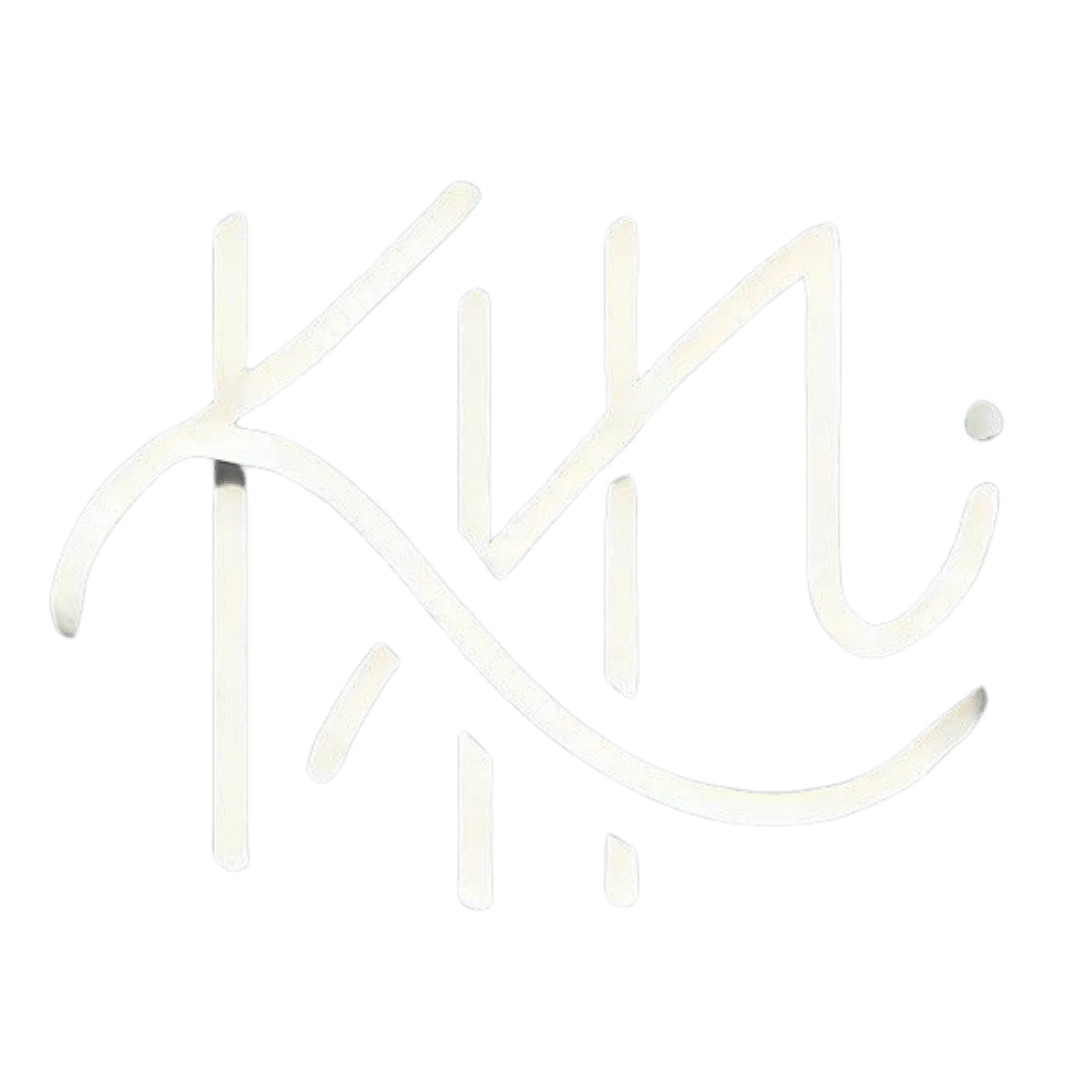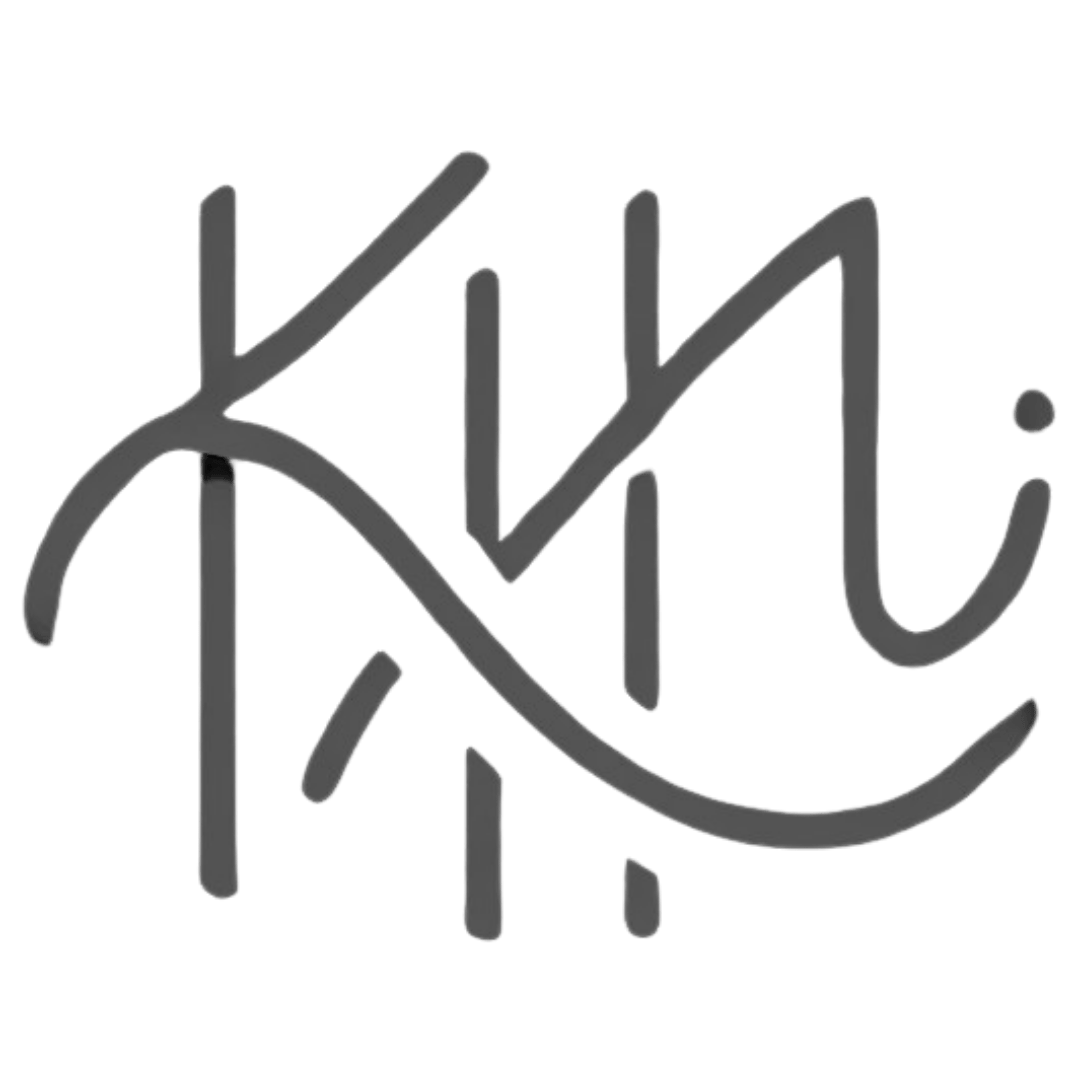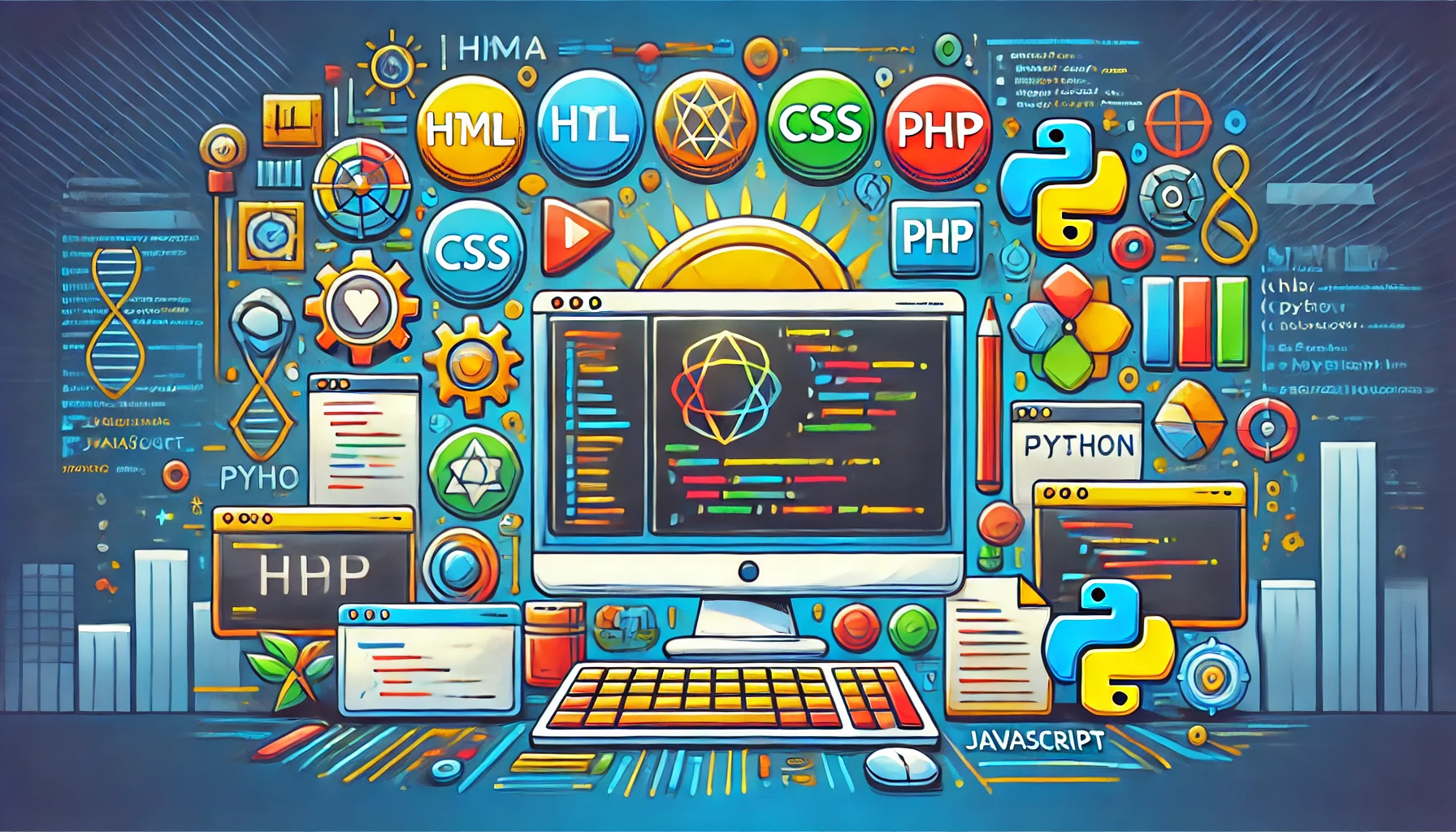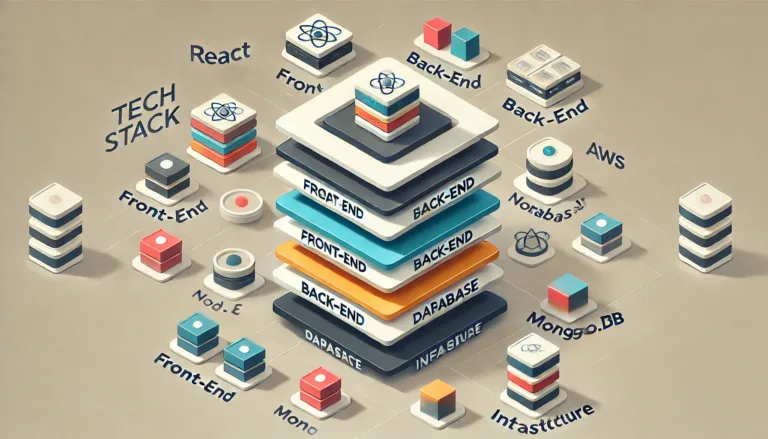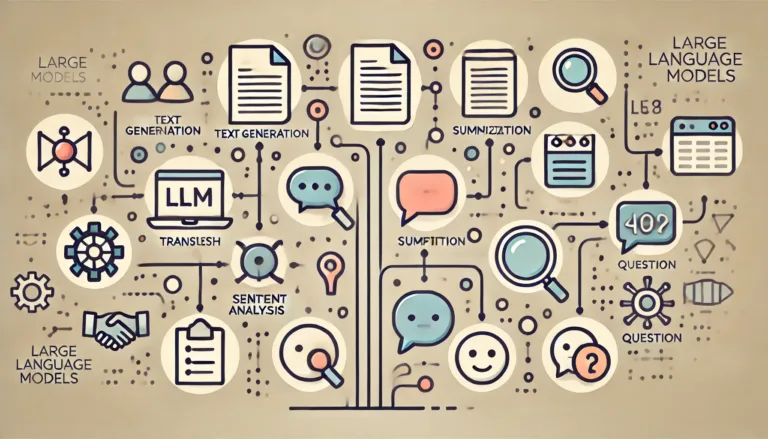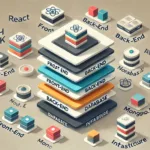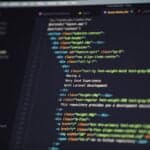Basics of Programming Languages
Before we get into the specifics of which programming languages are the best to learn, it’s good to know how these languages came to be and why it’s smart to learn different ones. This part talks about how programming languages have changed and why knowing a variety of them is important in the coding field.
Evolution of Programming Languages
Think of programming languages like the heartbeat of our digital age. They’ve come a long way, changing and growing over the years. Knowing their history can help you pick the right one to dive into.
Back in the day, we had languages like Assembly and COBOL, used mostly for machine-level tasks and business apps. Jump ahead to the ’90s and 2000s, and languages like Python, C, and Java took center stage. Nowadays, SQL and Swift are making a splash, according to Computing Matters.
Here’s a quick look at how programming languages have evolved:
| Era | Popular Languages | Key Features |
|---|---|---|
| 1950s-1960s | FORTRAN, COBOL | Early high-level languages for science and business |
| 1970s-1980s | C, Pascal, BASIC | Structured programming concepts |
| 1990s-2000s | Java, Python, C++ | Object-oriented programming and cross-platform development |
| 2010s-Present | Python, R, Swift | Data analysis, machine learning, mobile apps |
Source: Evolution of Programming Languages
Today’s developers can’t ignore heavyweights like Python and JavaScript. And let’s not forget Domain-Specific Languages (DSLs), which are crafted for specific tasks (Flow Matters).
Why Learn Different Programming Languages?
Why stick to just one or two languages when there’s a whole buffet out there? Here’s the scoop:
- Flexibility: Different projects need different tools. Python is great for crunching data, while C++ is your go-to for high-speed tasks.
- Problem-Solving: Each language teaches you a new way to tackle problems. From procedural in Python to functional in Haskell, each adds a new tool to your kit.
- Job Prospects: Knowing more languages makes you a more attractive hire. As tech changes, being versatile helps you keep up.
- Creativity and Innovation: Jumping between languages can spark fresh ideas. Mixing Python and R in data science is a perfect example (Evolution of Programming Languages).
A well-rounded programmer is like a Swiss Army knife—ready for anything. To get there, use resources like online coding courses for beginners and keep practicing. You’ll improve your coding skills and stay ahead in the ever-changing tech world.
Dive into the evolving and diverse world of programming languages to fire up your coding journey and unlock your true potential.
Essential Programming Languages to Get You Started
Starting out in programming can feel like diving headfirst into a whirlpool with no flotation device. But fear not! Picking the right languages to dive into first can set you up for success. Here’s a quick guide to four must-know programming languages to kickstart your coding journey.
Python: Your Swiss Army Knife
Python’s easy-to-understand syntax makes it a favorite among newcomers and seasoned pros alike. Whether you’re crafting websites, crunching data, or dabbling in AI, Python’s got your back. From little scripts to heavy-duty machine learning models, it’s all possible with Python.
JavaScript: The Web’s BFF
JavaScript has been the lifeblood of web dev ever since it was born in 1995. Running on almost every website you visit, it makes your web experiences dynamic and interactive. Plus, with tools like Node.js, you can even do some cool server-side stuff.
| Key Features | JavaScript |
|---|---|
| Year Created | 1995 |
| Usage | Web browsers, servers, apps |
| Website Presence | 97.8% of all sites |
If web dev is your jam, our beginner coding tutorials are gold.
Go (Golang): Fast and Furious
Go (or Golang if you like fancy words) is all about speed and handling large volumes of data. Perfect for when you need things done yesterday. Its straightforward syntax and high efficiency make it a go-to for scalable systems. Big companies bet on Go for their high-performance needs.
| Language | Go (Golang) |
|---|---|
| Known For | Speed, Scalability |
| Best For | Server-side apps |
Get the lowdown on writing speedy, scalable code with our skills-boosting articles.
Java: Rock-Solid and Reliable
Java’s a no-brainer if you’re diving into web dev or building hefty applications. Known for its multi-threading (think multitasking), it’s packed with security features and endless libraries that make it a stable choice for many tech giants. Bonus: Java jobs pay well, with US salaries averaging around $104k yearly.
| Key Features | Java |
| ——————– | Web Dev, Apps |
| Salary Potential | Avg $104,000/year |
| Advantages | Multi-threading, Secure |
For top-notch Java resources, browse through our online coding courses.
Wrapping It Up
By mastering these essential languages, you’ll build a solid foundation for your coding adventures. Whether your dream is to build mind-blowing applications, dive into data science, or create interactive web experiences, these languages have got what you need. Ready to take the plunge? Start with our beginner-friendly tutorials and see where your coding skills can take you.
Hot New Programming Languages: What’s the Buzz?
The tech world never sits still, and neither do the tools we use to write the code that makes it tick. New programming languages pop up all the time, each aiming to solve unique problems better, faster, or just plain cooler than their predecessors. Let’s peek at the latest trends shaking up the coding scene.
Domain-Specific Languages (DSLs)
Forget “one size fits all” coding. Domain-Specific Languages (DSLs) are like those perfectly snug jeans—made just for one job, and they do it darn well. Unlike the Swiss Army knife languages like Python or JavaScript, DSLs are crafted for specific tasks. A smart choice if you want to get stuff done without tearing your hair out.
Think about it: managing databases with SQL, building web pages with HTML/CSS, or crunching data with R. These specialized languages make certain tasks a breeze, even if you’re not a coding wizard (Flow Matters). Here are some you might want to add to your toolkit:
- SQL: The database maestro
- HTML/CSS: The web designer’s best friends
- R: The stat nerd’s go-to
If you’re plotting your next coding conquest, dabbling in DSLs can arm you with some hardcore, task-specific powers.
The Next Big Things in Programming
Keeping an ear to the ground for what’s hot in coding can keep your skills in demand. Here’s what’s making waves:
- AI and Machine Learning: Python and R are the rock stars here (Flow Matters). Dive into these, and you’re not just coding—you’re shaping the future.
- Low-Code and No-Code Platforms: Not a hardcore programmer? No problem. These platforms let you build stuff by dragging and dropping, making the tech world a bit more welcoming for everyone (Evolution of Programming Languages).
- New Kids on the Block: Fresh languages like Kotlin are stealing the spotlight, especially for Android app development (Simplilearn). It’s got a crisp syntax and a growing fanbase.
Check out this quick table to get a handle on these buzzing trends:
| Trend | What’s Happening | Must-Know Languages |
|---|---|---|
| AI & Machine Learning | Hottest job market out there | Python, R |
| Low-Code/No-Code | Coding for everyone! | n/a |
| Newcomers | Fresh and efficient | Kotlin, Swift |
Staying updated on these trends can give your career a turbo boost. Curious for more ways to level up your coding game? Check out our tips on how to improve coding skills. Keep coding and stay ahead in this wild ride of software development.
Best Languages for Web Development
Strap in, folks. We’re about to break down the must-know languages in web development. Whether you’re just dipping your toes in the coding pool or are looking to add some new tricks to your toolbox, this guide’s your one-stop shop.
HTML/CSS: The Basics
HTML (HyperText Markup Language) and CSS (Cascading Style Sheets) are your bread and butter in web development. You can’t build a solid website without these two. HTML lays the groundwork by structuring your text, images, and multimedia, while CSS steps in to style everything, ensuring your site doesn’t look like a word processor gone rogue.
Think of HTML as the bones and CSS as the skin and clothes. Master these, and you can turn a blank canvas into a visually stunning web masterpiece.
PHP: The All-Around Worker Bee
PHP (Hypertext Preprocessor) is your go-to for server-side scripting. It’s like the Swiss Army knife of web development: secure, fast, and buddy-buddy with tons of third-party extensions. Need to connect your website to a database? PHP’s your guy. Working on login systems or handling form submissions? PHP’s got your back. It’s dynamic, flexible, and perfect for creating interactive web apps.
PHP is also renowned for its vast support community and extensive libraries, ensuring that you’re well-equipped to tackle any challenge.
Python: The Data Wizard
Sure, Python’s a darling in data science, but it’s also making waves in web development, especially when it comes to integrating data analysis and AI. If you want to understand user behavior and create systems to analyze and respond to interactions, Python’s simplicity and readability make it a top pick.
Crack the Python code, and you’ll not only enhance user experience but also build smarter, data-driven web applications.
JavaScript: The Magic Maker
JavaScript is your secret weapon for making websites interactive and engaging. It’s versatile—used for both server-side and client-side tasks—and can make your website feel like an app. Want animations, real-time updates, or uber-responsive designs? JavaScript does it all.
With JavaScript, you can turn a static page into a dynamic experience, enhancing user engagement and functionality.
| Language | Usage |
|---|---|
| HTML | Structuring web pages |
| CSS | Styling web pages |
| PHP | Server-side scripting |
| Python | Data analysis and AI integration |
| JavaScript | Client-side interactivity |
Master these languages, and you’ll be well on your way to becoming a web development champ. Dive deeper into coding with our coding tutorials for beginners and online coding courses for beginners. Need tips on leveling up your skills? Check out our page on how to improve coding skills.
Best Languages for Mobile App Development
So, you’re diving into the wild world of mobile app development, huh? Picking the right programming language is like choosing the right tool for a job—get it wrong, and you’re in for a world of pain. Here’s the lowdown on some top contenders you ought to consider.
JavaScript: The Jack-of-All-Trades
JavaScript isn’t new—it’s been kicking around since ’95—but it’s still a powerhouse. It’s literally everywhere, used by nearly every website you visit. Not just for making things look pretty in your browser, either—JavaScript can handle server-side stuff and even some non-browser magic. If you’re new to coding, this is your Swiss Army knife.
Why Bother with JavaScript?
- Works across multiple platforms
- Huge selection of libraries and frameworks, like React Native for mobile apps
- Massive community that can help you out when you get stuck
C++: The Speed Demon
Got an app that needs to be quick on its feet? C++ is your go-to. This language has been around forever and it’s great for apps that need to be snappy and efficient. It runs on pretty much any platform and is a staple in gaming and high-performance apps.
Why Choose C++?
- High-speed performance
- Great for systems programming and real-time applications
- Widely used in gaming and other intensive applications
Python: The All-Rounder
Python’s the friendly neighbor of programming languages—super easy to pick up and incredibly versatile. Perfect for beginners, but don’t let its simplicity fool you—it’s incredibly powerful and can do it all. Write code once, and it runs everywhere. Sweet, right?
Why Python Rocks?
- Easy to learn and write
- Tons of libraries for almost any application
- Makes integrating AI and machine learning into apps a breeze
Swift: The Apple Aficionado
If you’re all about Apple, Swift is your soulmate. Developed by Apple, it’s the best language for iOS development. Swift is user-friendly, fast, and safe, making it a favorite among iOS developers. Nail this, and you’ll have a leg up in the iOS app scene.
Why Swift is a Winner?
- Specifically made for iOS development
- Simple and user-friendly
- High on performance and security
Meanwhile, if Android’s your thing, don’t sleep on Kotlin. It’s gaining a lot of ground and becoming the go-to for Android development.
To help you get a grip, here’s a quick comparison:
| Language | Versatility | Performance | Ease of Learning | Community Support |
|---|---|---|---|---|
| JavaScript | 5/5 | 4/5 | 3/5 | 5/5 |
| C++ | 3/5 | 5/5 | 2/5 | 4/5 |
| Python | 4/5 | 3/5 | 5/5 | 5/5 |
| Swift | 3/5 | 4/5 | 4/5 | 4/5 |
Jump into one (or all) of these languages and start cranking out some killer apps. Happy coding!
Programming Languages for Data Science
Choosing the right programming language for data science can really set the stage for success. Among all options, Python and R rise to the top as prime choices.
Python vs. R for Data Science
Python and R each have their own charm points in data science. Python, which hit the scene in 1991, is loved for its all-around utility, easy-to-read syntax, and a big, helpful community (DataCamp). On the flip side, R, introduced in 1992, zeroes in on statistical crunching and graphics, making researchers and statisticians super happy.
| Feature | Python | R |
|---|---|---|
| Year Introduced | 1991 | 1992 |
| Main Use | Jack-of-all-trades | Stats and graphs |
| Popular Fields | Data science, web and software development | Academia, finance, pharmaceuticals |
| Strengths | Flexibility, productivity | Killer stats, visualization |
Python’s Perks and Libraries
One of the coolest things about Python is its treasure trove of libraries. Names like NumPy, pandas, Matplotlib, and Scikit-Learn pop up often because they make wrangling data, drawing graphs, and training models a breeze.
- NumPy: Plays well with big, multi-dimensional arrays.
- pandas: Perfect for data manipulation.
- Matplotlib: Your go-to for plotting graphs.
- Scikit-Learn: Covers machine learning with tools for things like classification, regression, and clustering.
But Python isn’t a one-trick pony. It’s also great for web stuff, software creation, and even making games. This Swiss Army knife quality makes it a fab pick if you’re looking to be all-rounded in coding. Need more coding tips? Check out our guide on how to improve coding skills.
R’s Niche and Use Cases
R shines in the niche of stats and visualizations, armed with a dense pack of packages meant for hard-core data science. Tools like ggplot2, dplyr, and tidyr are staples.
- ggplot2: Think complex plots that look cool.
- dplyr: Handy for data manipulation tasks.
- tidyr: Helps to clean and shape your datasets.
R finds itself frequently in academia, banks, and drug companies, capitalizing on its strength in statistical modeling and diagramming. Folks in research and stats find R indispensable.
Mixing Python and R in Data Science
Why pick just one when you can blend both? Many data pros mix Python and R to get the best of both worlds. Python’s often used to tidy and prep data, while R is pulled in for those deep-dive statistical analyses and snazzy visuals.
Certain tools let you dabble in both languages without breaking a sweat. rpy2 lets you call R from within Python scripts, and Jupyter Notebooks handle both Python and R, easing language-switching in one spot.
Using Python and R together lets you tap into each language’s strong points, boosting your data game. If you’re new to this, peek at our online coding courses for beginners for a solid start.
Starting with Python and R can open doors and arm you to tackle any data challenge thrown your way. Ready to dive in?
